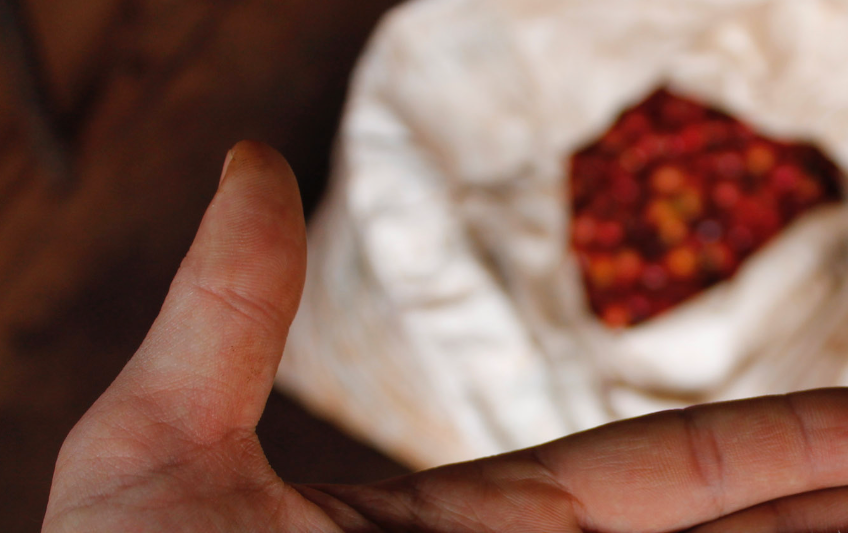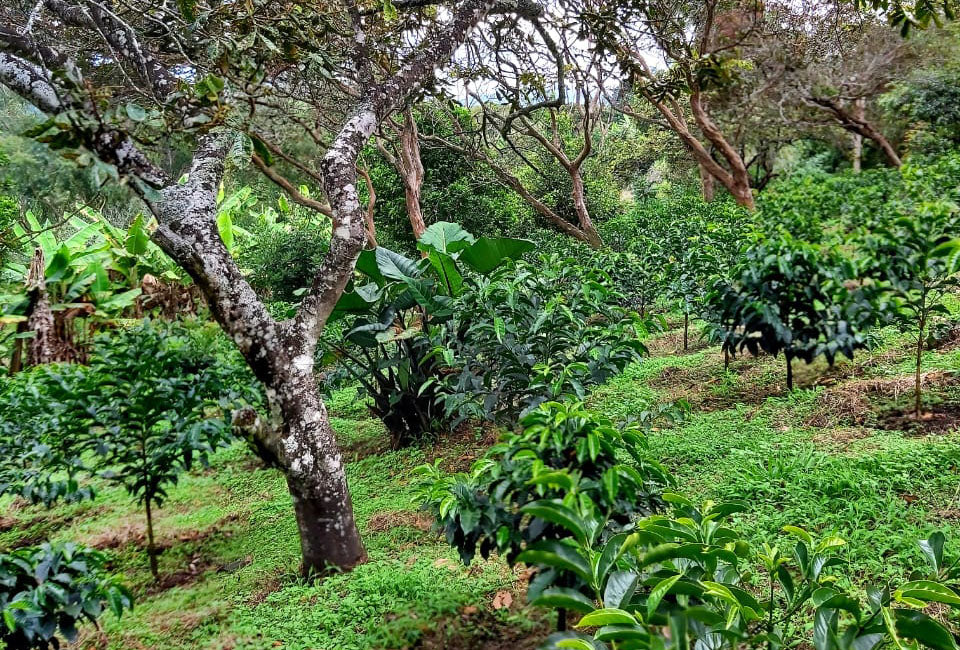Our model is origin-driven which can also be viewed in the publicly accessible financial records. In short, for the fiscal year of 2020, all the earnings were reinvested in Kenya and Panama. We have always stated and reiterate: When you invest in Coffea Circulor, you invest in making sure present and future projects can thrive that truly make a difference - stories are made that really matter and have positive impact on humans and the environment.
To our knowledge, there are few or if anyone in Europe that is running and developing production and processing projects at origin and handling their own exporting of finished goods with a self sustained financial model and to maintain a certain level of quality. That requires energy, time, knowledge, dexterity, respect, understanding, human and financial resources. Beyond this, we are attempting to actively showcase differences, raise awareness - for those who wish to listen - regarding issues in the coffee value chain.
What defines the price of coffee?
"Standard coffee”, for example a "standard Ethiopia”, its costs can start from approximately 7 USD/kg. "The business standard" is to sell a bag of 250g for about 10-13+ EUR meaning 10+ EUR/kg. According to "standard business coffee conduct" - read: to power wholesale and retail - one has to sell at about 2x and 4x the price of green bean purchase, namely 2x for wholesale and 4x for retail. No secrets to this here. However, the 7 USD/kg is to be dissected, yet it is based on established mass-production facilities.There is much that can be achieved when combining intrinsic value with goodwill. One example was the 2020 production of Kenya “Ruby Batian". In short, the cost of developing the coffee exceeded 80 USD/kg. This is based on administration costs, communication, planning, picking cherries and fermenting cherries, milling, logistics, import, export. By then, we have not even reached the level of “roasting our own product”. That costs too - location/rent, energy, manpower, excess approximately 20% that disappears when roasting - yes, for each ready 1kg of coffee, one has to use approximately 1.2kg, meaning you never see 20%. Put another way, 20% goes up in smoke whether you like it or not.
"Just because the potential end-product is a bag filled with coffee does not mean we only flip beans in a machine and watch them change color."
- Ivica Cvetanovski
In other words, the Customer Expectancy Price (CEP) is fueling the expected prices for the wholesale and retail market in such a constellation that "customers (regardless you are a wholesaler or retail customer) meet the pre-set expectations or "standards", in the above example with Kenya, where a 250g Kenya coffee "must cost about 15 EUR". Anything else that is beyond this scheme will be disregarded, looked upon as "strange", questioned, etc.
Enter the world of True Development Cost (TDC).
The TDC must not be mistaken with CEP, neither is it “fair” to be connected to it or misused. This has to be showcased and proven by those who grow, develop and process plus furthermore actively developing their own coffees with self sufficient funds.When 99% of the entire “population” who carry an end product that spells “coffee” or “roasted coffee beans” have a pricing scheme similar to the CEP characteristic, few or any operations and/or development costs related to real origin specific costs, there is no “standard” of setting a end-customer price. This also nurtures and teaches the end-customers (and wholesalers including “group-buyers” as well) that “it is fully fine to have a standard Kenya that is seen everywhere for 15 EUR for 250g”. The unfortunate part is that the same end customers (and wholesalers) will never see and understand why for example "we" (and others with a completely different level of “responsibility”) can not have “our Kenya” at a price level at 15 EUR.
These details are statistical facts that if 99% do the same thing, this will be considered "de-facto standard", yet it is far away from being righteous and render a correct reality - customers will simply become accustomed to a given pricing scheme and consider that to be "the golden standard". Imagine: If a wholesaler has 2 coffees on their retail shelf where one is a "standard Kenya from an established processing station at 15 EUR per 250g bag" and the second coffee is a "self-funded, researched and developed coffee, built from the ground up with (perhaps) better sensory experience" for 25 EUR for a 250g bag": These details will never be showcased unless actively spoken about. In other words, the 99% will remain de-facto standard.
What does the TDC practically mean?
Well, it is about "responsibilities". The ones who are only roasting do not hove to worry about research and development costs, processing or milling equipment on location, drying houses and facilities, operating costs on location, staff and administration costs, arranging shipment, … Also, most do not have to take on any financial risks at origin, during the shipping phase, custom clearance, etc. (With financial risk we mean to fund all operations from ones own revenue in full with no external financial aid.) Imagine the consequences if one harvest is swept away by a rainfall and compare it to "green coffee on the doorstep" from a major exporter. The list can be made long and yet these are some of the details and costs that never have to be either considered or seen as the world is focused in a one-dimensional and established pricing model - namely the Customer Expectancy Cost - when the True Development Cost has to lay the foundation for all future work in coffee.
Where applicable, Coffea Circulor will specifically denote the difference between CEP and TDC.



